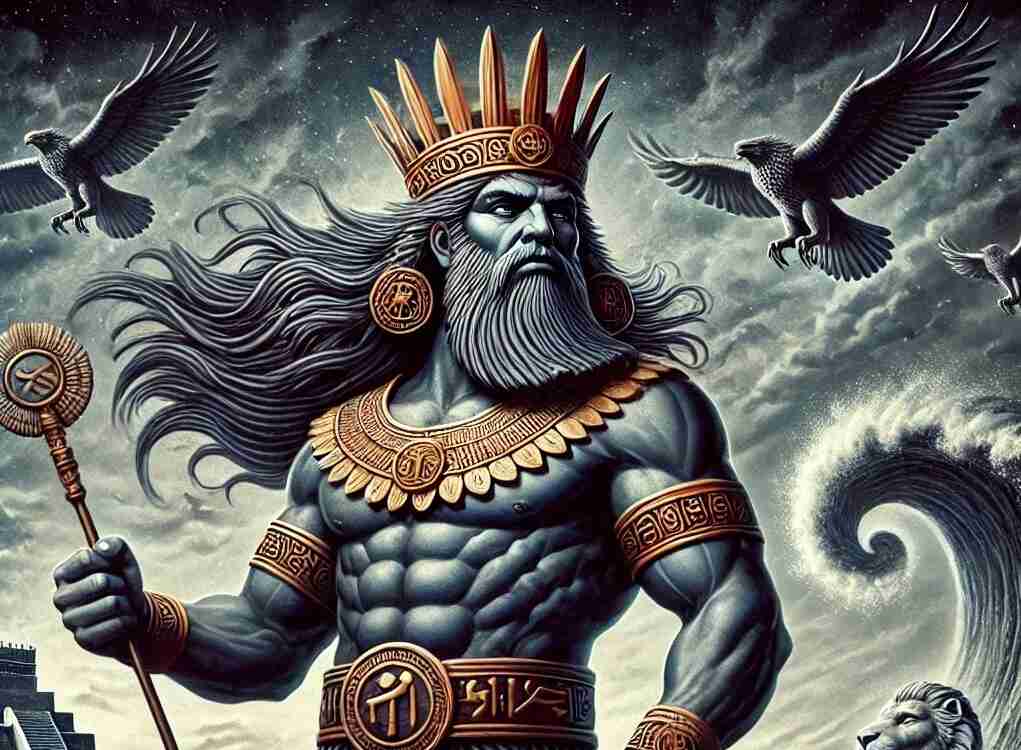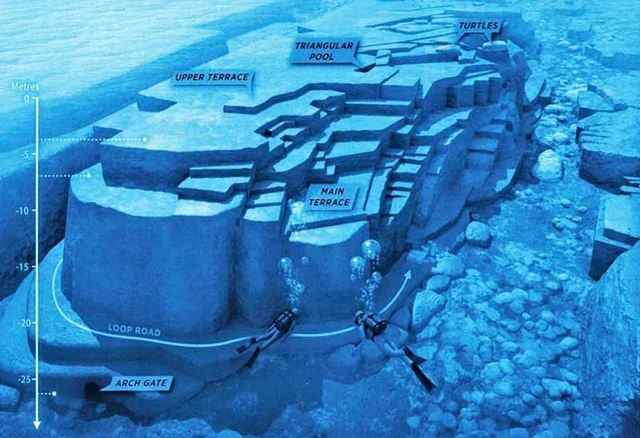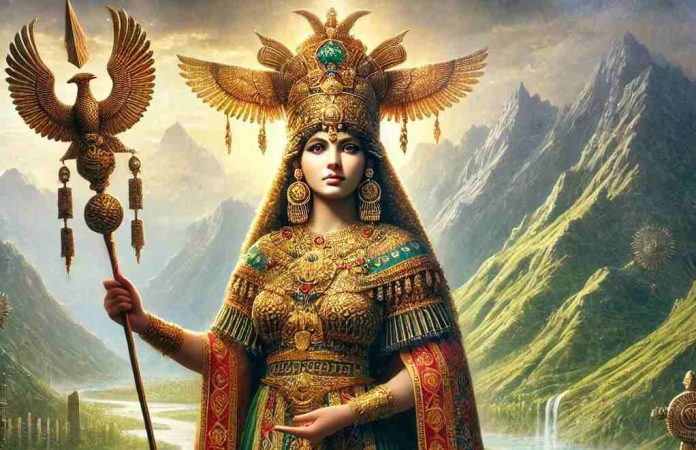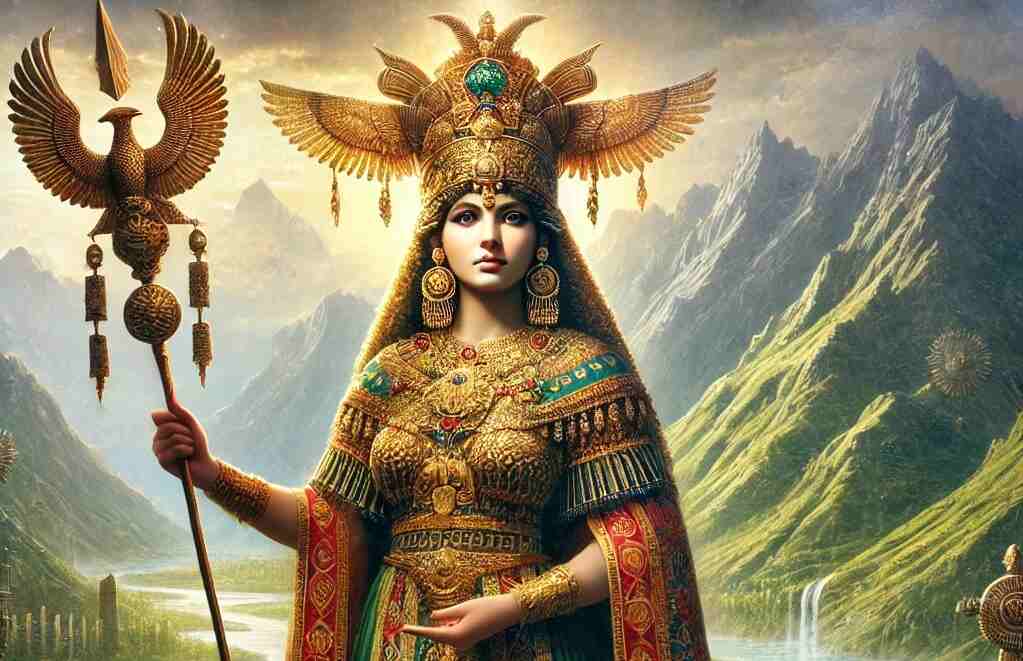Enlil, one of the most significant deities in the Sumerian pantheon, is revered as the god of wind, air, earth, and storms. As the chief god of the ancient Sumerians, Enlil wielded immense power over both gods and mortals, shaping the fate of the world in ways that resonate through the myths and legends of Mesopotamian culture. His influence extended far beyond the borders of Sumer, leaving an indelible mark on the religious practices and beliefs of subsequent civilizations.
The Origin of Enlil
The origins of Enlil are steeped in the rich mythology of the Sumerians, who believed that he was born from the union of An, the sky god, and Ki, the earth goddess. This divine lineage positioned Enlil at the center of the cosmos, embodying the very breath of life that sustained the world. His birth story is closely tied to the creation myths of Sumer, where he plays a pivotal role in separating heaven and earth, thereby establishing the order of the universe.
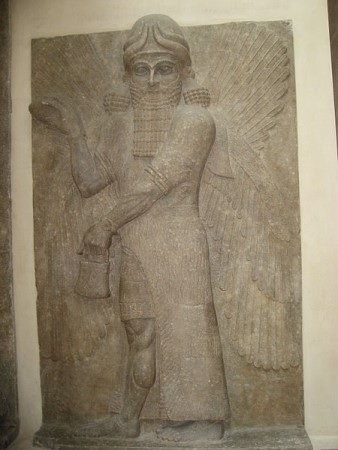
Enlil’s prominence in the Sumerian pantheon is further highlighted by his association with the Ekur, the sacred mountain and temple in Nippur, which served as the spiritual center of his worship. As the leader of the Anunnaki, the assembly of gods, Enlil’s authority was undisputed, and his decisions were considered final, affecting both the divine and mortal realms.
Enlil in the Sumerian Pantheon
Within the Sumerian pantheon, Enlil was not only a god of natural forces but also a divine ruler who maintained cosmic order. His dominion over the winds, air, and storms made him a powerful and sometimes feared deity, capable of bringing both fertility and destruction. Enlil’s influence extended to the earth, where he was responsible for granting kingship and ensuring the prosperity of the land.
Enlil’s role as a mediator between the gods and humanity is a recurring theme in Sumerian mythology. He was often depicted as a stern yet just figure, who demanded obedience from both gods and men. This dual nature of Enlil, as both a benevolent provider and a formidable force of nature, is central to understanding his place in Sumerian religion.
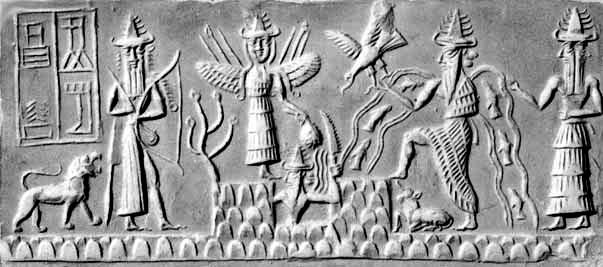
Enlil in Ancient Texts
Enlil’s significance is well documented in various ancient texts, including the Sumerian King List, which credits him with the establishment of kingship on earth. His influence is also evident in the Enuma Elish, the Babylonian creation epic, where he is portrayed as a powerful god who plays a crucial role in the divine order.
One of the most famous references to Enlil is found in the Epic of Gilgamesh, where he is depicted as a god who, despite his stern nature, ultimately seeks the well-being of humanity. In this epic, Enlil is both a protector and a judge, whose decisions have far-reaching consequences for the world.
Symbols and Representations of Enlil
Enlil’s symbols are deeply ingrained in Sumerian art and iconography. He is often associated with the horned crown, a symbol of divine authority, and the Ekur, which represents his sacred dwelling place. The temple of Ekur in Nippur was not only a religious center but also a symbol of Enlil’s power and his role as the protector of the Sumerian people.
In various inscriptions and artifacts, Enlil is depicted as a commanding figure, often accompanied by symbols of his authority, such as the staff and the rod. These representations served as reminders of his omnipresent influence over both the natural and supernatural worlds.
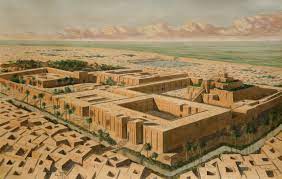
Powers and Attributes of Enlil
Enlil’s powers were vast and multifaceted. As the god of wind and storms, he controlled the elements, bringing rain to nourish the earth or unleashing devastating floods. His authority extended to the earth itself, where he could shape the destiny of nations and kings with a mere command.
One of Enlil’s most notable powers was his ability to grant or withhold the divine favor that determined the fate of cities and peoples. This power made him both revered and feared, as his wrath could lead to natural disasters or the downfall of entire civilizations. Yet, Enlil was also seen as a protector, whose blessings ensured the prosperity and stability of the Sumerian empire.
Enlil’s Command to Destroy Humanity
Perhaps the most famous and controversial act attributed to Enlil is his command to flood the earth and destroy humanity. This story, which bears striking similarities to the biblical tale of Noah’s Ark, is one of the central narratives in Sumerian mythology.
According to the myth, Enlil, frustrated with the noise and chaos created by humans, decided to wipe them out with a great flood. However, the god Enki (Ea in Akkadian mythology) intervened by warning a human, Ziusudra (or Utnapishtim in the Epic of Gilgamesh), who built an ark and survived the deluge. This story not only highlights Enlil’s immense power but also his complex relationship with humanity, where he is both a destroyer and a force that ultimately allows life to continue.
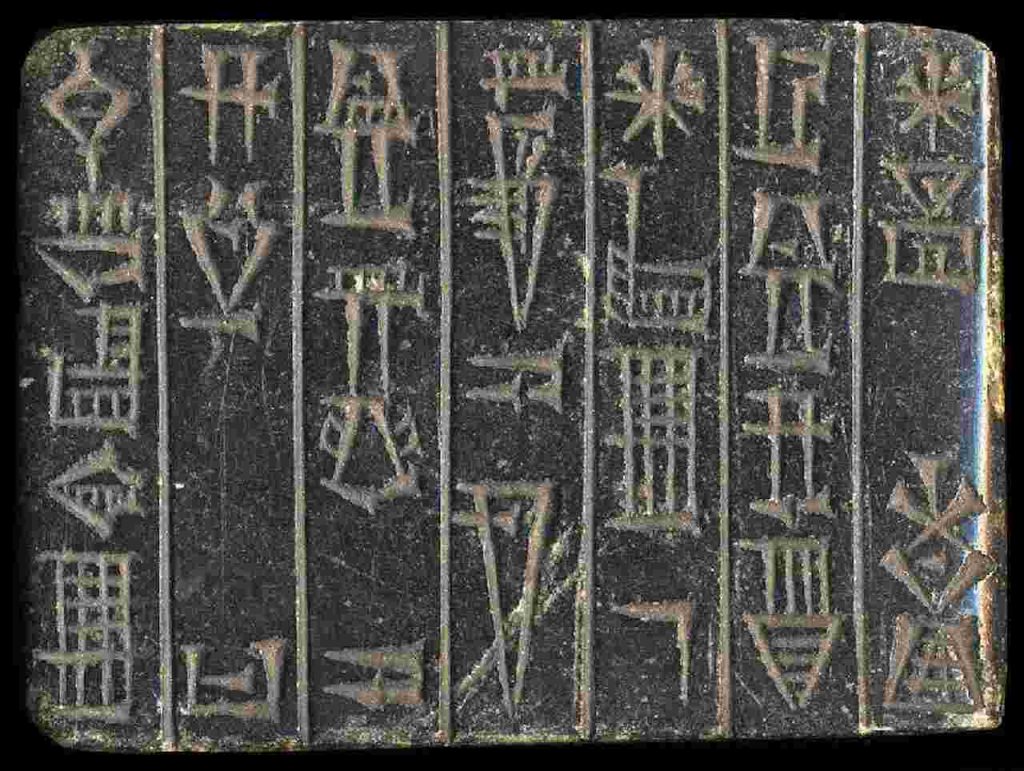
Enlil in the Bible and Other Cultures
Enlil’s influence can be traced beyond Sumerian mythology, potentially extending into biblical texts. Some scholars have drawn parallels between Enlil and the God of the Old Testament, particularly in the stories of the Great Flood. The similarities between these narratives suggest that the Sumerian myths may have influenced the development of later religious traditions.
Moreover, Enlil’s characteristics can be seen in other ancient gods, such as Zeus in Greek mythology, who also wielded control over storms and was considered the king of the gods. These cross-cultural comparisons offer intriguing insights into the common themes that underpin ancient mythologies.
Theories and Interpretations of Enlil’s Myths
The myths surrounding Enlil have been the subject of much scholarly debate and interpretation. Some theories suggest that Enlil’s role as a stern, judgmental god reflects the societal values and hierarchical structures of ancient Sumer, where authority and obedience were paramount.
Other interpretations focus on the symbolic nature of Enlil’s powers, viewing him as a personification of natural forces that the Sumerians sought to understand and appease. These theories highlight the ways in which ancient peoples used mythology to make sense of the world around them and to explain the often unpredictable forces of nature.
Enlil’s Legacy in Later Mesopotamian Religion
Enlil’s influence did not end with the Sumerians. His worship continued into the Babylonian and Assyrian periods, where he remained a prominent figure in the pantheon. However, over time, Enlil’s image evolved, and he was gradually overshadowed by other gods, such as Marduk, the Babylonian god of creation.
Despite this, Enlil’s legacy persisted, as he continued to be revered as one of the foundational gods of Mesopotamian religion. His myths and stories were preserved in texts and rituals, ensuring that his impact on ancient Near Eastern culture would endure for millennia.
The Unresolved Mysteries of Enlil
Despite the wealth of information we have about Enlil, many aspects of his mythology remain shrouded in mystery. Questions about his true origins, the full extent of his powers, and the reasons for his decline in worship continue to intrigue scholars and enthusiasts alike.
One of the biggest mysteries is the nature of Enlil’s disappearance from later religious texts. While he remained a key figure in early Sumerian religion, his prominence waned over time, raising questions about what led to this shift in religious focus.
Enlil’s Death and the End of His Reign
Did Enlil die? This is a question that has puzzled scholars for centuries. Unlike some other deities, Enlil’s mythological narratives do not provide a clear account of his death or the end of his reign. Instead, his influence seems to fade gradually, as other gods, particularly Marduk, rise to prominence.
Some theories suggest that Enlil’s decline may be symbolic of broader cultural and religious changes in Mesopotamia, where new cities and gods began to take precedence over the older Sumerian traditions.
Modern Interpretations and Pop Culture References
Enlil’s legacy extends into the modern world, where he continues to be a subject of interest in literature, films, and video games. His portrayal often reflects the complex and multifaceted nature of his mythology, with depictions ranging from a powerful, benevolent ruler to a wrathful, destructive force.
In contemporary culture, Enlil is often referenced in discussions about ancient aliens, lost civilizations, and other speculative theories, highlighting the enduring fascination with this ancient god and his mysterious powers.
Comparative Mythology: Enlil vs. Other Gods
When comparing Enlil to other ancient gods, such as Zeus, Odin, or Thor, it is clear that he shares many characteristics with these deities, particularly his control over storms and his role as a chief god. However, Enlil’s unique position as a god who both nurtures and destroys sets him apart from these other figures.
This comparative analysis also reveals the common themes and archetypes that run through ancient mythologies, offering insights into the ways in which different cultures understood and related to the divine.
Frequently Asked Questions (FAQs)
1. Who is Enlil?
Enlil is a chief deity in ancient Sumerian mythology, known as the god of wind, air, earth, and storms.
2. What was Enlil the Sumerian god of?
Enlil was the god of wind, air, earth, and storms, and he also held authority over kingship and the fate of humanity.
3. How did Enlil die?
There is no clear account of Enlil’s death in Sumerian mythology; his influence gradually waned as other gods rose to prominence.
4. What command did Enlil give to destroy humans?
Enlil commanded the Great Flood to destroy humanity due to their noise and chaos, a story that parallels the biblical flood narrative.
5. Did Enlil create the world?
While Enlil played a significant role in shaping the world and separating heaven and earth, he was not the creator of the world in Sumerian mythology.
6. Is Zeus a version of Enlil?
While Zeus and Enlil share similarities as storm gods and chief deities, they are distinct figures in their respective mythologies.
Conclusion
Enlil remains one of the most intriguing and complex figures in ancient Sumerian mythology. His role as a powerful, yet enigmatic, god has left a lasting impact on the religious and cultural traditions of Mesopotamia and beyond. While many aspects of Enlil’s mythology remain a mystery, his legacy continues to inspire and captivate those who seek to understand the ancient world and its gods.
Use of Our Content
⚠️ Content on “Mystery Uncover” is protected under US and International Copyright Laws.
You are free to reuse, republish, and share our content by giving credit to the source as Mystery Uncover with a link to the original material on mysteryuncover.com.


